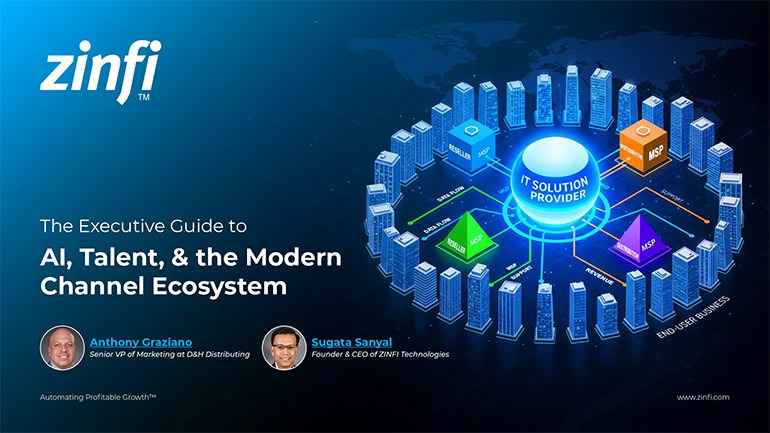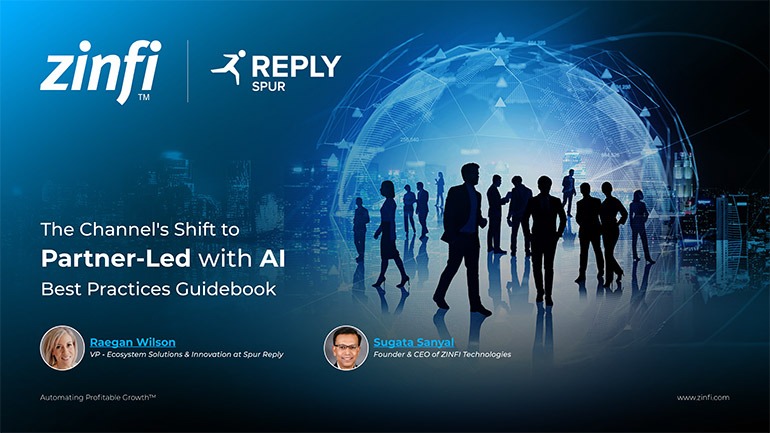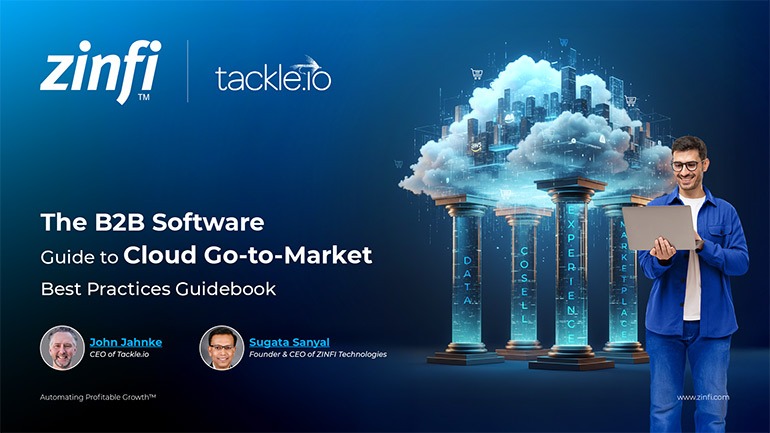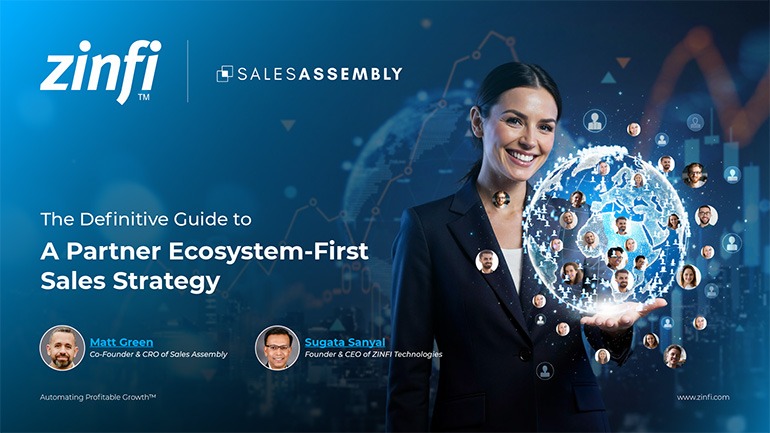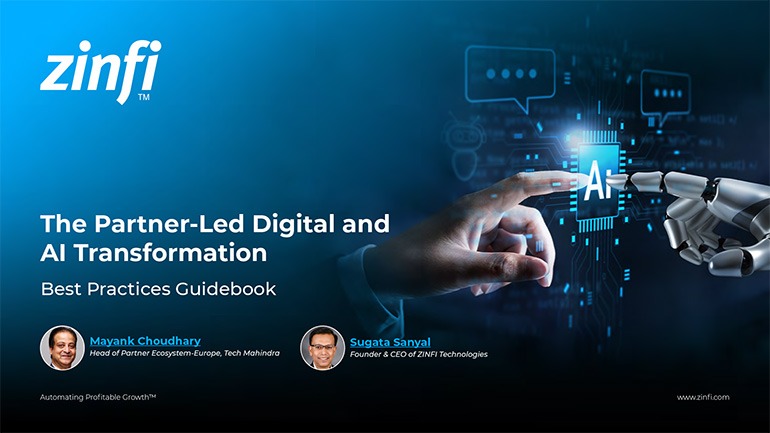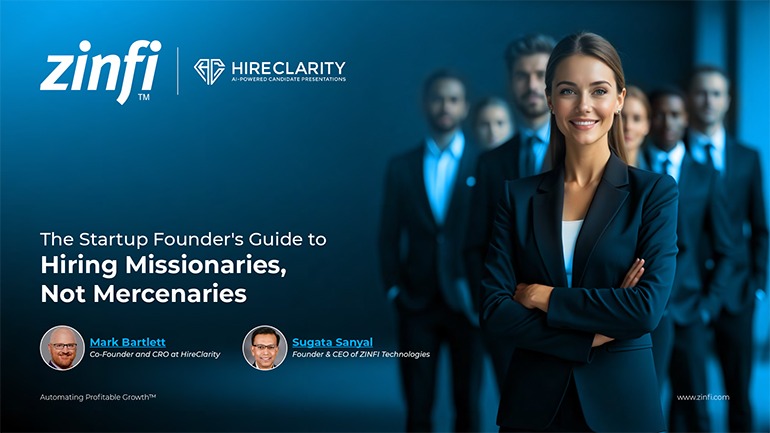Glossary - How to - MDF Funds
How to Maximize the Impact of MDF Funds?
Introduction
What Are MDF Funds?
Market Development Funds (MDF funds) are financial resources vendors allocate to their partners to support marketing and sales initiatives. Typically, MDF funds drive demand generation, brand awareness, and new customer acquisition activities. These funds can cover expenses such as event sponsorships, digital marketing campaigns, content creation, and even sales training sessions.
In the partner ecosystem, MDF funds are a vital tool for motivating partners to invest in promoting a vendor’s solutions. Vendors can significantly enhance their indirect sales channels by offering partners access to these funds, ensuring that marketing activities align with broader brand strategies while boosting local engagement.
Importance of MDF Funds in Partner Management Automation
Managing MDF funds efficiently is crucial in Partner Relationship Management (PRM). Traditional manual methods often result in fund misuse, poor ROI tracking, and partner dissatisfaction. Automated PRM solutions, like those provided by ZINFI, streamline the MDF process—from fund allocation to approval, execution, and ROI measurement. Vendors gain visibility into fund usage, ensure compliance, and foster stronger, trust-based relationships with their partners through automation. Ultimately, leveraging automated MDF management is critical to maximizing the value of every marketing dollar invested through partner networks.
Key Takeaways:
Understand How MDF Fund Allocation Works:
Effective use of MDF funds begins with understanding how these funds are distributed. Typically, vendors allocate funds based on partner tier, sales performance, or strategic priorities. It’s crucial for vendors to define:
- Eligibility criteria (e.g., Gold partners get larger allocations)
- Fund usage guidelines
- Timeframes for fund utilization
Using ZINFI’s MDF automation solutions, vendors can automate fund allocation based on predefined rules, reducing administrative overhead and ensuring fairness across the partner ecosystem.
Set Clear Guidelines and Approval Processes:
To prevent misuse, it’s essential to establish well-defined guidelines regarding eligible activities and expenses. Partners should know:
- What types of activities qualify (e.g., webinars, trade shows)
- Required documentation (e.g., invoices, event reports)
- Approval timelines
Partner management systems, like ZINFI’s PRM platform, integrate these guidelines into automated workflows that allow vendors to approve or reject requests with just a few clicks, boosting transparency and efficiency.
Implement Real-Time Tracking and Reporting:
Once MDF funds are allocated, tracking their usage is paramount. Vendors should have systems in place to:
- Monitor fund utilization rates
- Track marketing activity performance
- Generate ROI reports
Platforms like ZINFI’s Unified Channel Management provide real-time dashboards, giving vendors immediate insights into how MDF funds impact sales and marketing KPIs.
Foster Collaborative Planning with Partners:
Instead of just approving or rejecting MDF requests, vendors should work collaboratively with partners during the planning stages, including:
- Co-developing marketing plans
- Sharing best practices
- Jointly setting KPIs
Collaborative planning ensures strategic alignment, fostering loyalty and enhancing partner satisfaction, leading to more effective use of MDF funds.
Automate Reimbursement and Audit Processes:
Timely reimbursement and easy audits can significantly enhance the partner experience. Key practices include:
- Simplifying submission of proof-of-performance (PoP)
- Enabling online reimbursement claims
- Conducting random audits for compliance
ZINFI’s PRM platforms support the complete automation of these processes, enabling faster reimbursements and ensuring compliance with internal and external audit standards.
Summary of Key Takeaways:
Maximizing the impact of MDF funds requires more than just financial allocation. Vendors can drive significantly higher ROI from their partner marketing initiatives by understanding fund allocation, establishing clear guidelines, implementing real-time tracking, fostering collaboration, and automating administrative processes.
Key Examples:
- Automotive Manufacturing: Vendors often use MDF funds to support local dealer events, vehicle launch promotions, and service package campaigns. Proper tracking ensures every dollar spent aligns with brand messaging and drives dealership foot traffic.
- Consumer Electronics: MDF funds in this sector often go toward retail promotions, online advertising, and influencer partnerships. Automated management tools help ensure the timely execution of campaigns around critical product launch windows.
- Energy Production: In energy production, partners utilize MDF funds for industry events, whitepaper sponsorships, and customer acquisition initiatives targeting large-scale industrial clients. Automation ensures quick approval of time-sensitive activities.
- Financial Services: Banks and financial technology firms use MDF funds to sponsor webinars, thought leadership events, and customer engagement initiatives. A real-time tracking system ensures that compliance and ROI are both tightly controlled.
- Food and Beverage: Restaurant franchises and food distributors use MDF funds for local advertising, seasonal promotions, and loyalty programs. Automated approval and reimbursement processes ensure campaigns remain agile and cost-effective.
- Healthcare Services: Healthcare providers and resellers leverage MDF funds for conferences, CME (continuing medical education) sessions, and localized health campaigns. Automation ensures adherence to strict industry regulations around marketing.
- Information Technology: IT companies often use MDF funds for lead generation campaigns, webinars, account-based marketing (ABM), and reseller training sessions. Platforms like ZINFI’s PRM track activity performance easily.
- Pharmaceutical Development: Pharma companies invest MDF funds in physician education events, clinical trial promotions, and patient awareness initiatives. Automation complies all MDF activities with industry regulations and standards.
- Retail Industry: Retailers use MDF funds to boost in-store promotions, flash sales, and online advertising. PRM platforms enable real-time adjustments based on sales performance, maximizing marketing impact.
- Telecommunications: Telecom companies utilize MDF funds for regional promotions, customer appreciation events, and loyalty programs. Tracking tools allow these companies to adapt campaigns quickly in highly competitive markets.
Conclusion:
In today’s competitive business environment, maximizing the impact of MDF funds is critical for vendors seeking to expand their market reach through indirect channels. Effective management of MDF funds—through clear guidelines, collaborative planning, real-time tracking, and automation—ensures optimal utilization, enhanced partner engagement, and measurable ROI. Vendors can streamline MDF fund processes and build stronger, more successful partner ecosystems by leveraging solutions like ZINFI’s PRM and MDF automation platforms.
By embedding MDF fund management into broader Partner Relationship Management (PRM) strategies, organizations can boost their partners’ marketing effectiveness while achieving greater operational efficiency and governance. In the long run, better MDF management enhances partner loyalty and drives sustained growth for vendors and their partners.
Associated Keywords:
- MDF Fund Management Best Practices
- How To Track MDF Fund Usage
- Automated MDF Fund Approval



